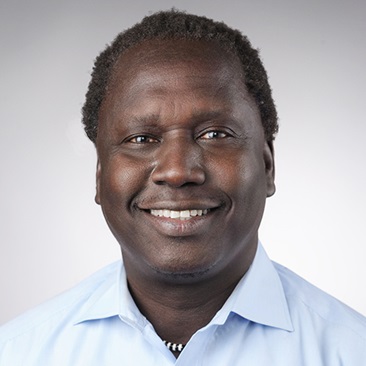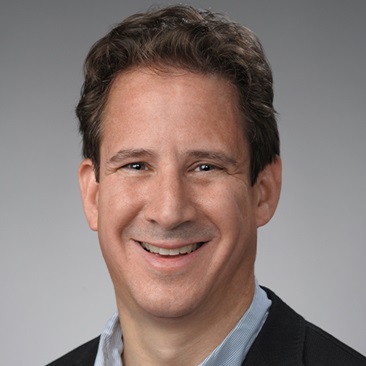Enforcing Gender at the Polls: Transing Voters and Women’s Suffrage before the American Civil War
Andrew Wender Cohen, Carol Faulkner
Journal of Social History, September 2022
Between 1800 and 1860, individuals deemed female by society donned male attire, represented themselves as men, and tried unlawfully to vote, thus challenging the gender binary at the foundation of U.S. democracy.
Newspapers regularly featured those who were caught, describing how officials used inspection, violence, and ridicule to deny them the vote and reassert the association between gender and assigned birth sex. Commentators also linked these illicit voters with the organized women’s movement, mocking the possibility of female participation in electoral politics.
In response, members of the mainstream women’s movement emphasized their desire to vote as women, reinforcing the gendered assumptions that justified their exclusion. Yet, “transing” voters were more inspired by the raucous partisan politics of the era than such middle-class reformers. The history of their confrontation with an electoral system reserved for men suggests a more porous and inclusive history of gender and citizenship before the Civil War.
Related News
Commentary

Jul 12, 2024
Commentary

Jul 11, 2024
Commentary

Jul 10, 2024
Research

Jul 9, 2024

